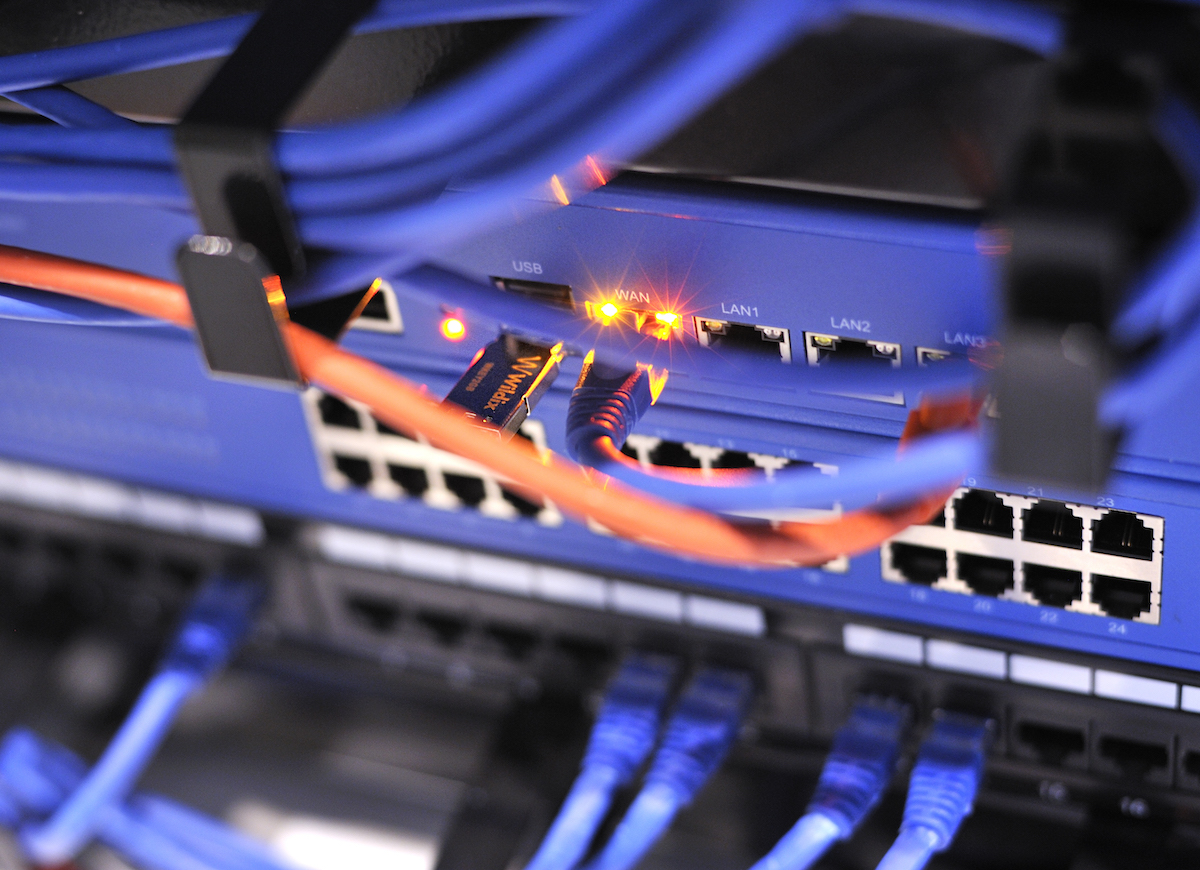 In one of the previous blog articles (Introducing Lean Communications), I explained how lean communication can improve the way organizations work. This approach must also be applied to the deployment phase by making it as incremental and simple as possible.
In one of the previous blog articles (Introducing Lean Communications), I explained how lean communication can improve the way organizations work. This approach must also be applied to the deployment phase by making it as incremental and simple as possible.
The adoption of a new UC system must be supported and required by one or more key users, usually managers of departments inside a company. These key users must support the adoption by understanding the advantages.
The role of key users is very important, and they must be involved in all steps of the platform introduction. Key users, before and after the deployment, must collect important feedback from other users and create requirements for the UC solution.

 Depending on how critical the UC service is for the organization, it might be necessary to put service continuity scenarios in place, including:
Depending on how critical the UC service is for the organization, it might be necessary to put service continuity scenarios in place, including: In the
In the 